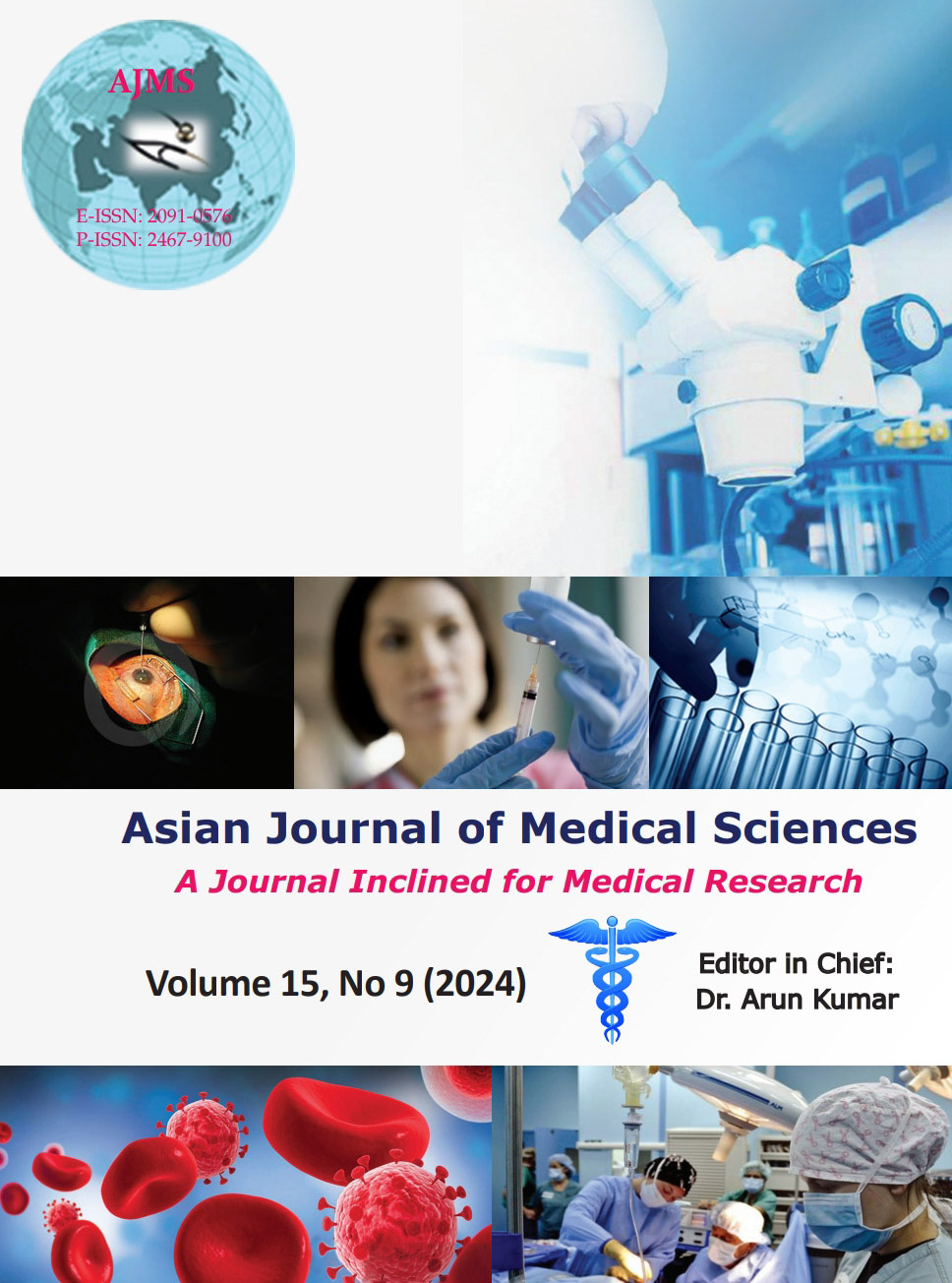Perioperative infusion of magnesium sulfate versus dexmedetomidine on the hemodynamic responses in patients undergoing laparoscopic cholecystectomy: A randomized controlled trial
Keywords:
Laparoscopic cholecystectomy; Magnesium sulfate; DexmedetomidineAbstract
Background: Laparoscopic cholecystectomy is associated with less post-operative pain, shorter hospitalization, and a faster functional recovery as compared to the open procedure. However, like any other surgery, a stress response is induced. Anesthesia interventions such as direct laryngoscopy, tracheal intubation, and extubation involve severe sympathetic stimulation. Magnesium can block the release of catecholamines from both the adrenal gland and adrenergic nerve terminals by inhibiting of activation of membrane Ca²⁺-ATPase and Na⁺-K⁺-ATPase.
Aims and Objectives: Both magnesium sulfate and dexmedetomidine decrease the release of catecholamines and attenuate pressor responses to anesthesia and surgery.
Materials and Methods: Eighty-four ASA I/II patients were randomly allocated to two groups. Group D received dexmedetomidine 1 μg/kg followed by 0.4 μg/kg/h and Group M received 2 g MgSO₄ followed by 15 mg/kg/h. hemodynamic variables were recorded as T0 (after loading dose of study drug), just before (T1) and 1, 2, and 3 min after ProSeal laryngeal mask airway (PLMA) insertion (T2 [i] [ii] [iii]), before and after peritoneal insufflation (T3 and T4), before and after table tilt (T5 and T6), after resuming flat position (T7), peritoneal deflation (T8), PLMA removal (T9), and on post-anesthesia care unit admission (T10). Data were collected and analyzed using SPSS 17 statistical software.
Results: The demographic profile was comparable. After the study drug administration, there was a fall in mean arterial pressure (MAP) in both groups (Group D > Group M) and no pressor response to PLMA insertion. At peritoneal insufflation, the MAP increase was significantly more in Group M at T6, T7, and T8 (31.9%, 27.9%, and 35.6% above baseline, respectively). Although there was a fall in systolic blood pressure (SBP) from the baseline throughout the procedure in both groups, SBP was significantly higher at most times in Group M as compared to Group D (P<0.05). In both groups, there was a similar rise in diastolic blood pressure after peritoneal insufflation. The mean heart rate was significantly lower in Group D at all time points.
Conclusion: Dexmedetomidine seemed to be superior to MgSO₄ for ameliorating hemodynamic responses in patients undergoing laparoscopic cholecystectomy.
Downloads
Downloads
Published
How to Cite
Issue
Section
License
Copyright (c) 2024 Asian Journal of Medical Sciences

This work is licensed under a Creative Commons Attribution-NonCommercial 4.0 International License.
Authors who publish with this journal agree to the following terms:
- The journal holds copyright and publishes the work under a Creative Commons CC-BY-NC license that permits use, distribution and reprduction in any medium, provided the original work is properly cited and is not used for commercial purposes. The journal should be recognised as the original publisher of this work.
- Authors are able to enter into separate, additional contractual arrangements for the non-exclusive distribution of the journal's published version of the work (e.g., post it to an institutional repository or publish it in a book), with an acknowledgement of its initial publication in this journal.
- Authors are permitted and encouraged to post their work online (e.g., in institutional repositories or on their website) prior to and during the submission process, as it can lead to productive exchanges, as well as earlier and greater citation of published work (See The Effect of Open Access).




